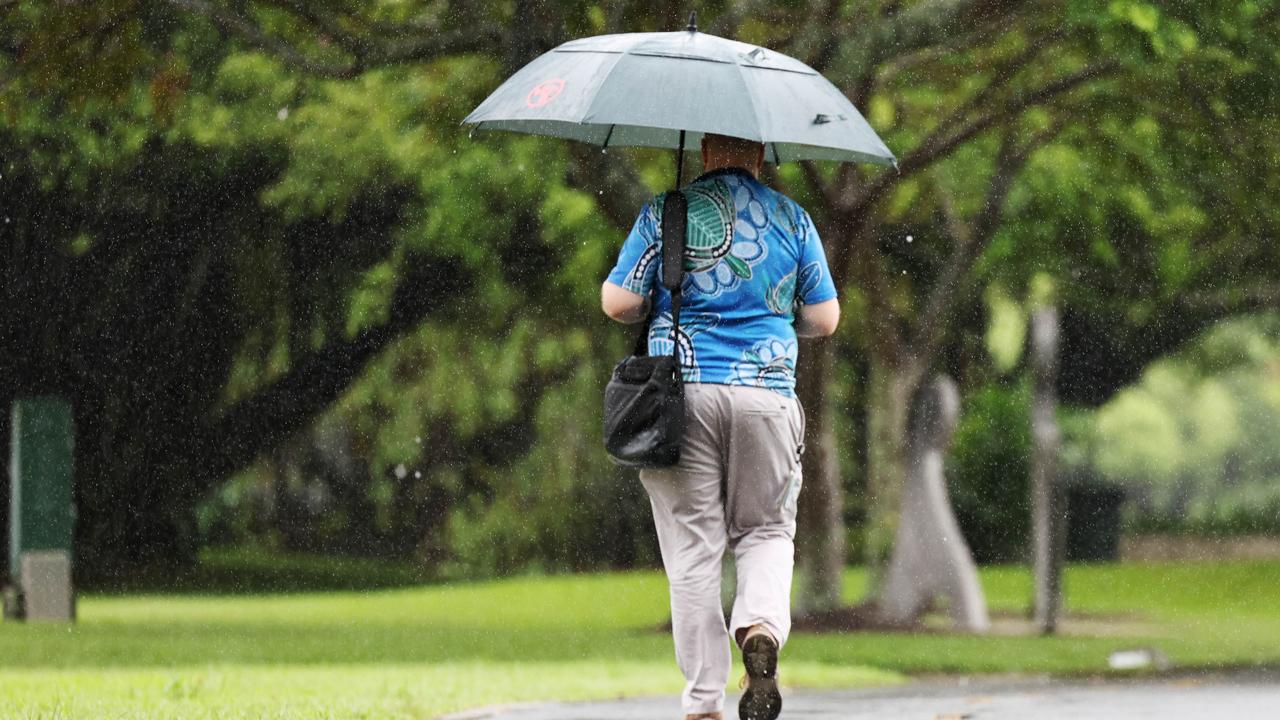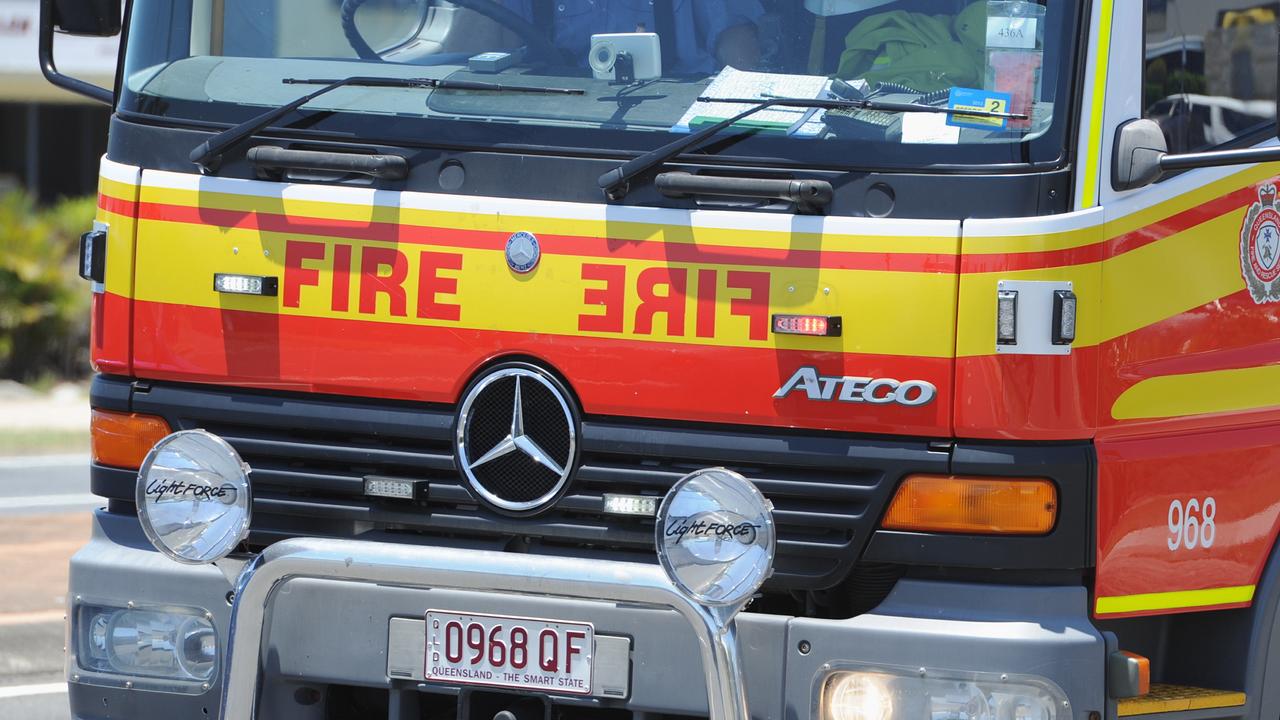Freight and water key to FNQ’s status as agricultural hub
Developing two key areas could secure Far North Queensland’s status as the food bowl of the nation and beyond long into the future. Here’s how.
Cairns
Don't miss out on the headlines from Cairns. Followed categories will be added to My News.
Revitalising Cairns Airport as an international freight destination and securing the region’s water supply have been identified as two key areas in ensuring Far North Queensland’s status as an agricultural hub endures long into the future.
A devastating one-two punch of Cathay Pacific ceasing operations in Cairns in October 2019 followed closely by the Covid pandemic was a crippling blow to exporters’ ability to ship produce directly from the Far North.
Barbara Ford, managing director of the Regional Trade Distribution Centre, which processes exports of produce at Cairns Airport, said it was essential to reopen as many international corridors as possible to give producers access to markets in the Pacific and beyond.

“From the beginning of April, Singapore Airlines brought back their wide body, that was a large plane that gives us access direct to Singapore, and obviously other world markets, because Singapore is a hub,” Ms Ford said.
“They have a hub that can connect on to any other flights anywhere around the world, basically.
“So we’ve really been working hard to try and convince exporters that going direct out of Cairns is a good option for them, rather than, you know, moving stuff down south to get out.”
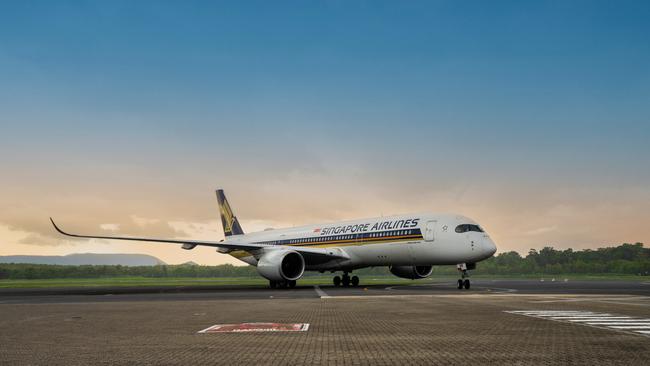
FNQ Growers president Joe Moro said members of his association, the leading advocacy group for fruit and vegetable sellers in the Far North, needed to be convinced it could become cheaper and easier to ship goods directly from Cairns.
“At the end of the day the biggest priority is still cost,” Mr Moro said.
“The cost of trucking to a southern port versus straight out of Cairns and the availability of freight.
“It’s really cost and availability that drive where product leaves.”
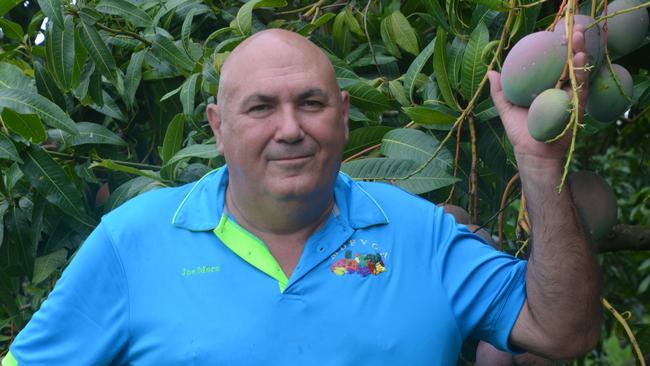
On the supply side, a leading academic said it was vital to use emerging technologies to unlock the long-term water security of the region.
“In the Tablelands we’re getting close to the full allocation of existing surface water arrangements, so a lot more needs to be done,” Professor of Tropical Regional Development at James Cook University Allan Dale said.
“If we started looking at new technologies and opportunities for tapping into what’s called the high flow reserves, then there’s actually a very large amount of water available.
“We don’t have access to a huge amount of that water, but it’s actually there and that would bring us to being the hyper secure agricultural production system in this country.”
High flow reserves is a category of water set aside in the Wet Tropics Water Plan which is challenging to capture and store.
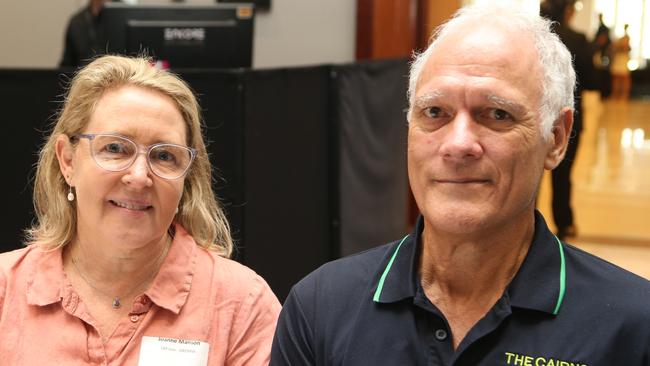
Professor Dale said emerging technologies, such as underground dams which could trap previously inaccessible water, needed to be looked into.
“One opportunity that we’re starting to try and tap into research and development is using Japanese technology for underground dams,” he said.
“That tops up, if you like, the existing irrigation systems and makes them really secure.”
Accessing the large water reserves could future-proof Far North Queensland as an agricultural region built to withstand increasingly severe droughts, Professor Dale added.
Originally published as Freight and water key to FNQ’s status as agricultural hub

